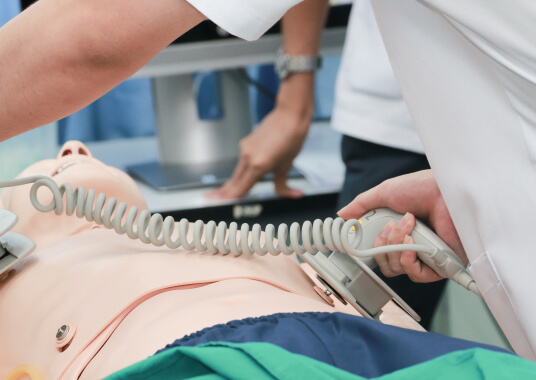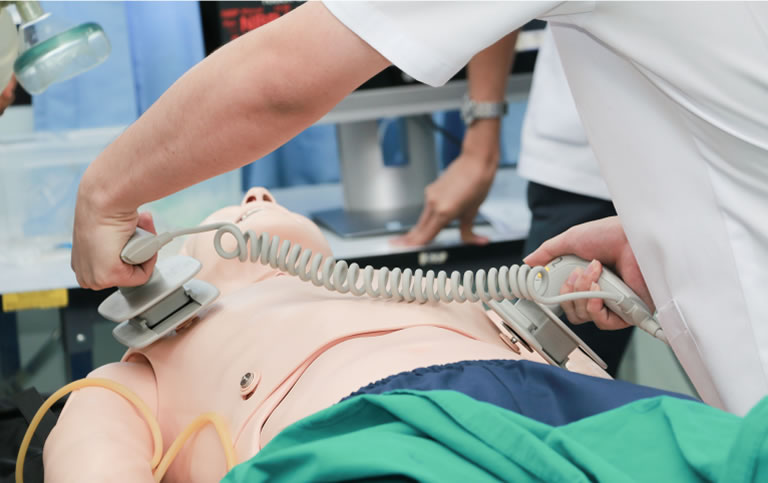Menu
Menu
CPR, First Aid, BLS, ACLS, PALS certifications.


$119.00 $169.00
| Chapters | CE Credits | Validity | Cost | Duration | ECC | Exam Attempts | Wallet Card |
|---|---|---|---|---|---|---|---|
| 17 | 4.0 – 8.0 | 2 Years | $119.00 | 3-4 Hrs | Compliant | Unlimited | Download/Print/Mail |
Respiratory arrest known as apnea is the absence or cessation of breathing, generally caused by cardiogenic shock, cardiac arrest, drowning and trauma. The normal heartbeat rate either goes down or is absent.
This section will cover assessment, intervention, and management of an unconscious, unresponsive adult in respiratory arrest with a pulse. Both BLS and ACLS Survey are used to manage patients in respiratory arrest.
Normal respiratory rate is 12-20 breaths/minute. Normal tidal volume is 6-8 mL/kg. If the respiratory rate is < 6 breaths/minute, assisted ventilation is required, either through bag-mask or advanced airway with 100% oxygen.
Scenario: You are a nurse in the ICU unit and you see a patient complaining of chest pain. A few seconds later the patient lies completely motionless. There are a few agonal gasps and you start to notice the patient turning cyanotic.
Bag-Mask Ventilation: This device has a ventilation bag attached to a face mask and provides positive pressure ventilation of 600 ml tidal volume.
Oropharyngeal Airway (OPA): used in patients whose airway might be obstructed by the tongue or relaxed upper airway muscles. This device is only used in unconscious patients, but not in conscious or semiconscious patient where it could stimulate gagging or vomiting.
Nasopharyngeal airway (NPA): used as an alternative to OPAs and can be used in a conscious or semiconscious patients. NPAs are usually inserted when inserting OPAs is difficult or dangerous.
There are many different devices used for advanced airway access and depends upon the training of the individual administrating the technique.
Interventions below are used during the BLS & ACLS Surveys:
Note: Be careful of excessive ventilation. Excessive ventilation can cause a lot of problems because it increases intrathoracic pressure, reduces venous return to heart and blocks cardiac output. It can also cause gastric inflation and patient may be inclined to vomit and aspirate the gastric contents.
Precaution for trauma patients with a known or suspected C-spine injury:
Avoid moving the patient’s head, neck, and spine. Perform jaw-thrust without head extension, and have another team member stabilize the patient’s head as you insert the airway.
You have completed Chapter VI. Now you should be able to: